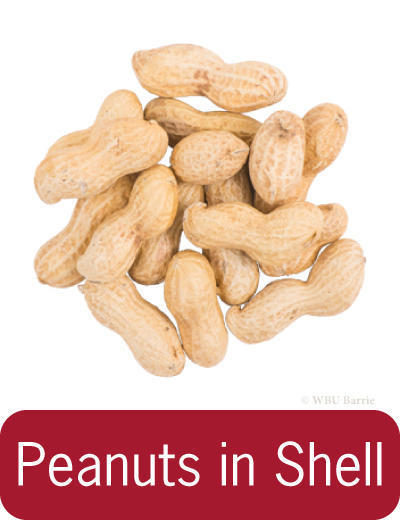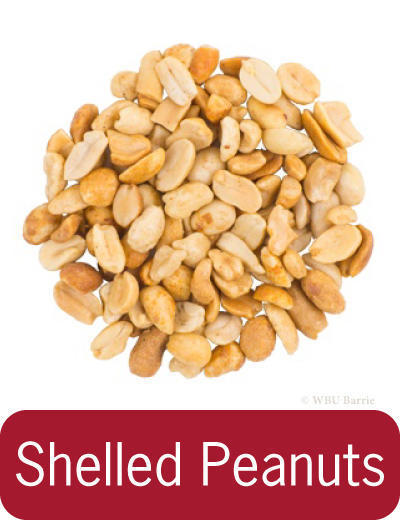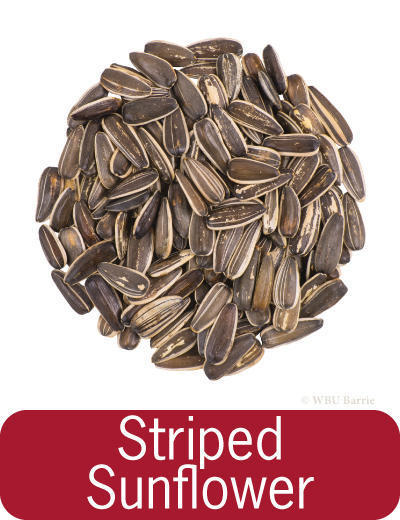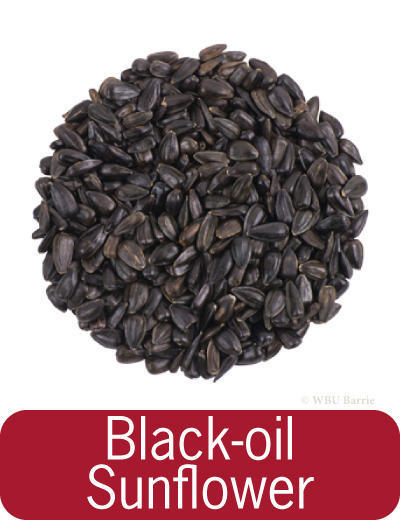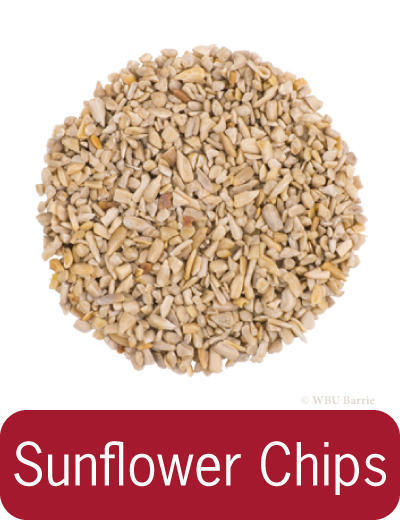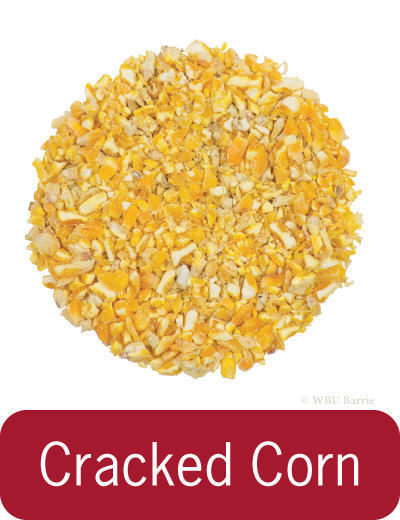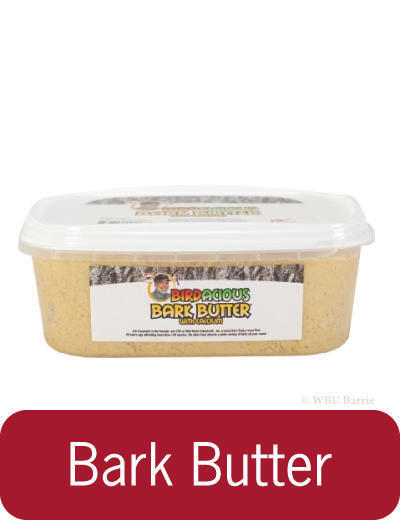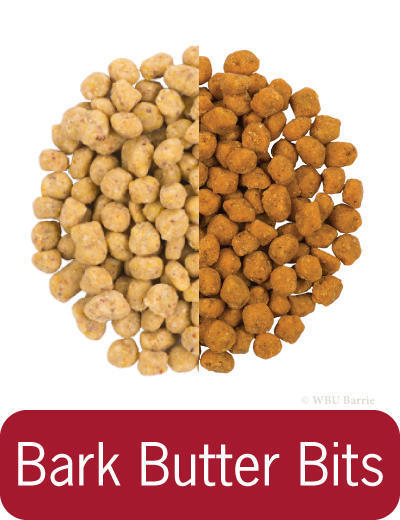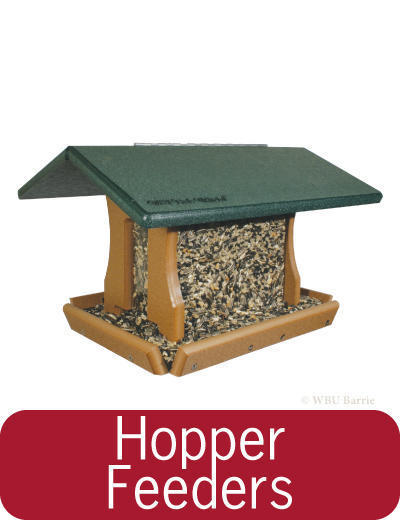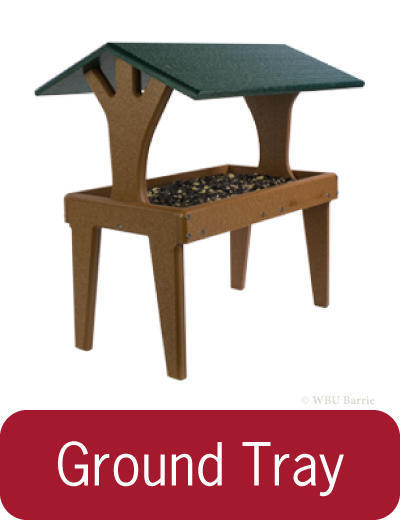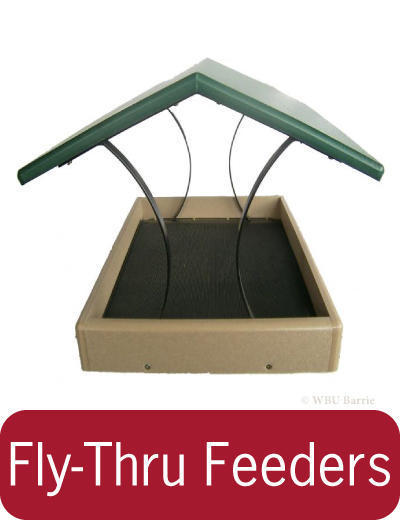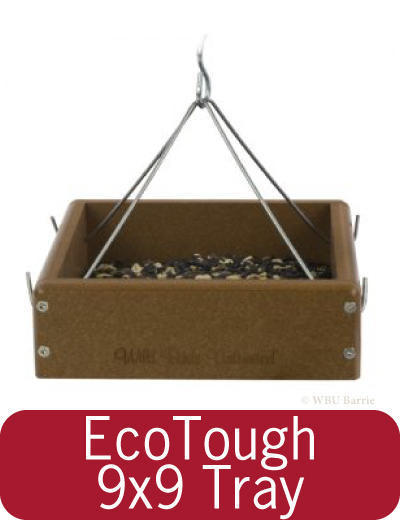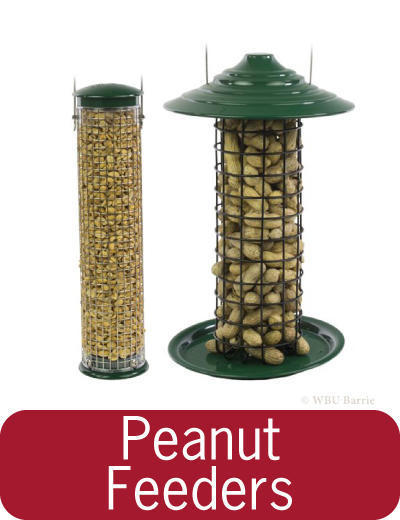Attracting Jays to Your Backyard
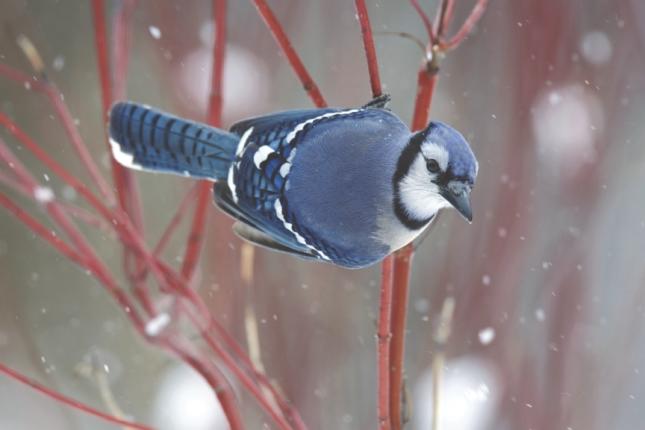 Vibrant in both colour and personality, Jays are an exciting visitor to a backyard. In Ontario we have two Jay species: the well-known Blue Jay, and their Northern cousin, the Canada Jay (formerly Gray Jay, and also nicknamed the Whiskey Jack). While Blue Jays are known for their loud personalities, Canada Jays are also known for their curiosity and tendency to beg for food! Their clownish antics are very entertaining to watch, especially as they tend to move around in groups, especially in the autumn, and their social behaviour is quite dynamic.
Vibrant in both colour and personality, Jays are an exciting visitor to a backyard. In Ontario we have two Jay species: the well-known Blue Jay, and their Northern cousin, the Canada Jay (formerly Gray Jay, and also nicknamed the Whiskey Jack). While Blue Jays are known for their loud personalities, Canada Jays are also known for their curiosity and tendency to beg for food! Their clownish antics are very entertaining to watch, especially as they tend to move around in groups, especially in the autumn, and their social behaviour is quite dynamic.
Jays will cache seeds and nuts to retrieve later, making repeated trips to feeders to gather food and hide it in a safe spot. They tend to select only undamaged nuts for caching, and seem to prefer seeds and nuts in shells
What Do They Look Like?
The Blue Jay is a large crested songbird whose appearance is familiar to many. With its perky crest; blue, white and black plumage, and boisterous, noisy calls, it's generally not a difficult bird to spot! The brightly coloured top plumage is balanced by white or gray underneath, and it sports a long rounded tail. A good sized bird, they are larger than the American Robin, but smaller than your average Crow. Male and female Blue Jays both have similar plumage, as do the juveniles. No seasonal plumage changes.
The Canada (Gray) Jay is an endearingly cute, yet supremely hardy bird. They are stocky, good sized songbirds with short, stout bills. They have rounded heads, long tails, and broad, rounded wings. Slightly smaller than a Blue Jay, they are still larger than the American Robin. Canada Jays are dark grey above, and light grey below, and a partial hood of black on the back of the head. Juveniles are are greyish black overall, with a pale gape at the base of their bills.
Do They Migrate?
Blue Jays are known to occasionally migrate, but the phenomenon is not well understood.
Foods
Both the Blue Jay and the Canada Jay will happily utilize backyard feeders within their ranges, partaking almost any kind of food being offered (seed, suet, Bark Butter™, etc).
Feeders
Birdbaths (Water)
Water is essential to all birds and providing a bird bath means they don’t have to travel great distances to find water. Water in a bird bath should be cleaned regularly as birds defecate, leave bits of food and feathers in the bath, not to mention leaves and other items that can end up in a bath. In the winter, heated birdbaths provide an excellent place for birds to drink. During the warmer months the WBU Water Wigglers and Solar Fountains create moving water in your birdbath, making the bath even more attractive to birds. WBU Barrie carries a variety of plastic, metal and clay birdbaths and accessories, as well as heated birdbaths for the colder months. Visit our page on birdbaths for a selection of styles as well as accessories like brushes, solar fountains, water wigglers and Fountain Fresh Water Clarifier.
Nesting
Nests in trees and bushes. Neither will use a nest box.
The Blue Jays builds their nests in the crotch or thick outer branches of a deciduous or coniferous tree, usually 10-25 feet above the ground. Male and female both gather materials and build the nest, but on average male does more gathering and female more building.
The Canada Jay actually nests during late winter, incubating its eggs in temperatures that may drop below minus 29°C (-20°F). Strangely, unlike other birds in boreal areas, it does not attempt a second brood in the May–June breeding periods when weather is more favourable.
Fun Facts
-
Blue Jays are often chastised for their known practice of eating eggs and nestlings of other birds. But extensive research has proven this to be a very rare occurrence, with only 1% of the study population showing any evidence of this behavior.
-
The Canada (Gray) Jay is one of the few species, other than raptors, known to carry food items with its feet while in flight.
-
The rapid northward dispersal of oaks after the Ice Age may have resulted from the northern transport of acorns by jays.
-
The Canada (Gray) Jay stores food items by using its sticky saliva to glue them to branches high up in trees. This food is always available, even during the deepest snow periods.
-
For more information visit this great resource: Lab of Ornithology at Cornell - All About Birds - Blue Jay
-
For more information visit this great resource: Lab of Ornithology at Cornell - All About Birds - Canada (Gray) Jay


